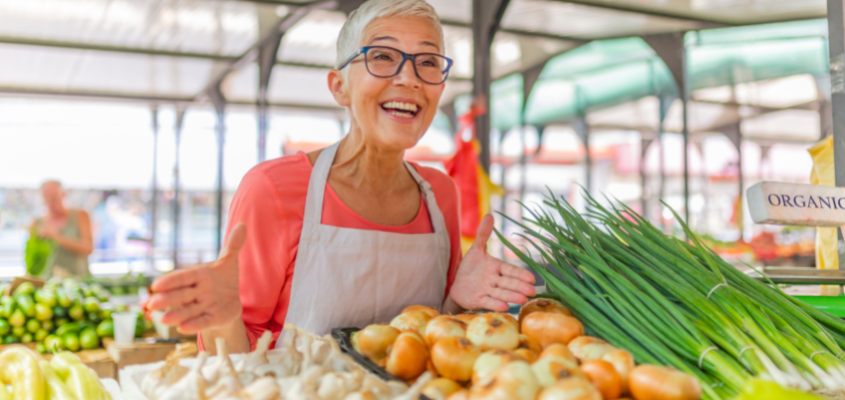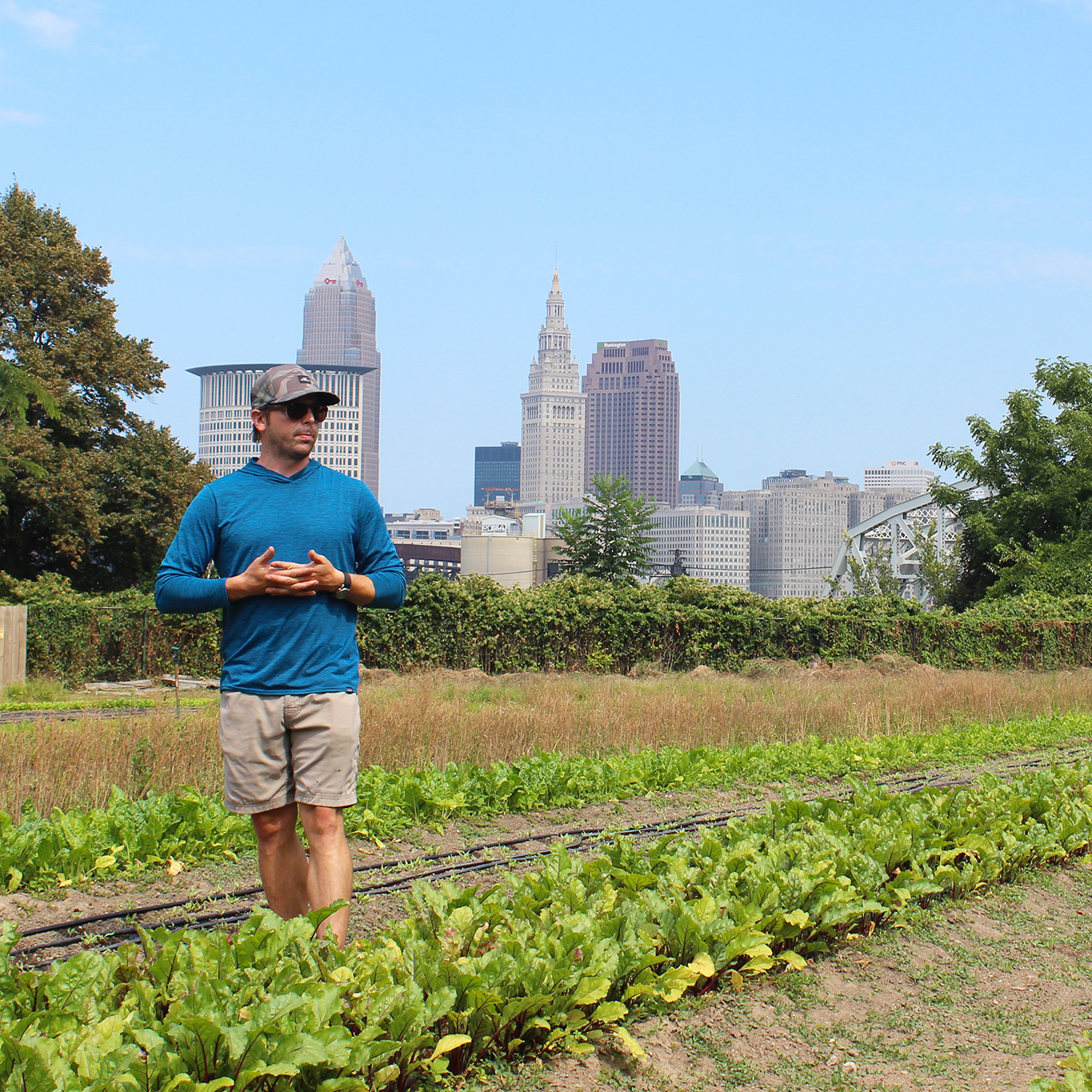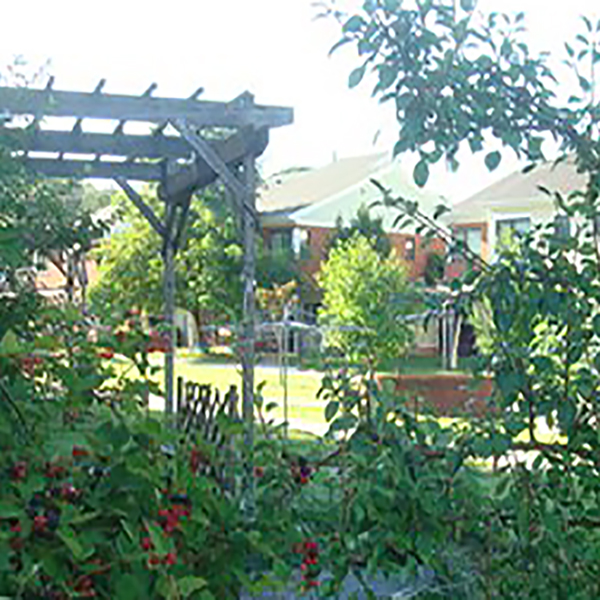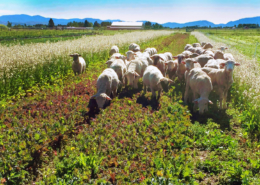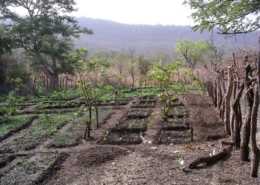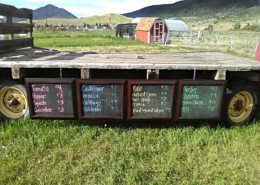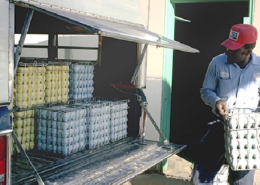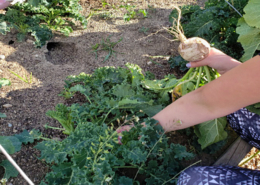Local Food Systems
A local food system, sometimes referred to as a community food system, is the collaborative and overlapping processes that connect sustainable food production, processing, distribution, consumption, and waste management/recovery. A functioning local food system integrates the five sectors to serve the values of enhancing the environmental, economic, social, and nutritional health of a particular place and its inhabitants. Though there is not a federally established definition of local food, it is generally accepted that local food is food that travels the entire supply chain, from production to recovery, in the same locality.
Buying local foods supports the viability of local economies and helps keep family farmers farming. It also creates a connection between consumers and local farmers that enhance both individual and community health. Efforts such as urban agriculture, community gardens and composting programs, farmers markets, farm to school, and farm to institution programs are examples of what can contribute to a healthy local food system.
Below, you’ll find practical information about things like starting a community garden, selling direct to customers, and the relationship between food banks and local food recovery. Publications, podcasts, videos and, blogs posts provide information also provide information about starting and managing a farmers market, value added and local food processing, and even working with local food hubs.

